- Details
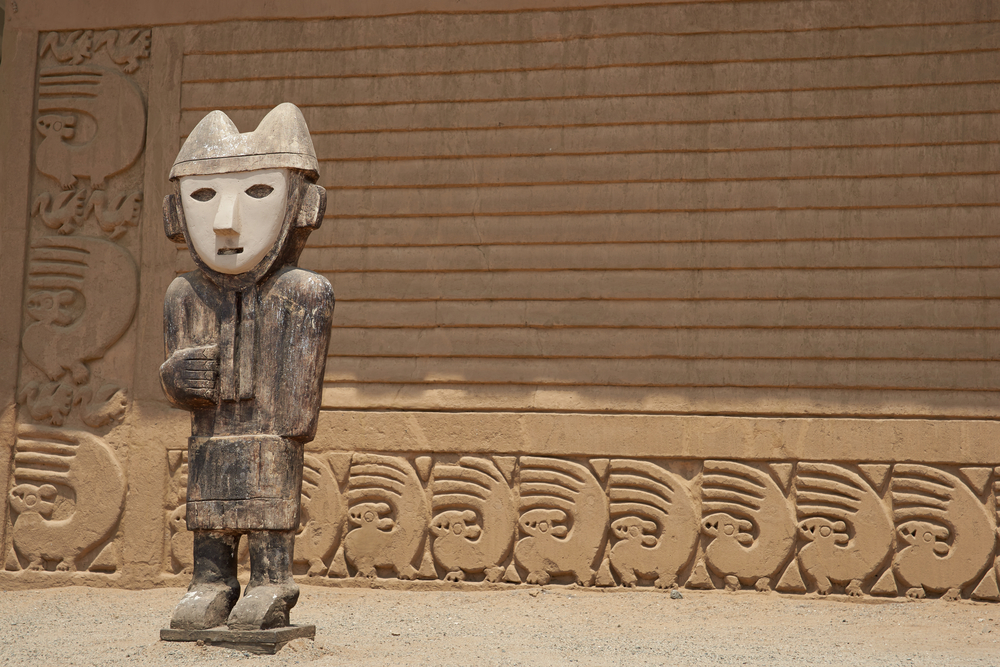
The Chan Chan ruins represent a captivating chapter in the history of pre-Columbian civilizations in Peru. As the largest adobe city in the world, this archaeological site is not only a testament to the architectural ingenuity of the Chimú culture but also a UNESCO World Heritage Site that draws visitors from around the globe. Nestled near the city of Trujillo, Chan Chan offers a unique glimpse into the urban planning, agricultural practices, and rich cultural heritage of the Chimú kingdom, making it an essential destination for anyone interested in Peru's ancient past.
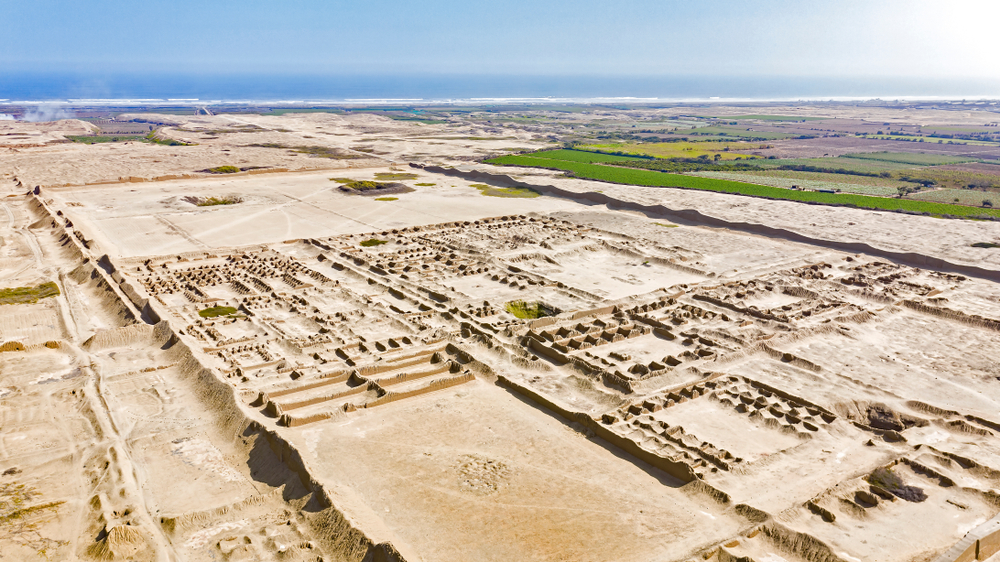
What is Chan Chan and why is it a World Heritage Site?
Historical significance of Chan Chan
Chan Chan's historical significance is profound, as it served as the capital of the Chimú kingdom, which flourished in northern Peru from approximately 900 AD until the Inca conquest in the 15th century, around 1470. As the largest pre-Columbian city in the Americas, Chan Chan was a vibrant urban center that showcased the advanced societal structure, economic systems, and artistic achievements of the Chimú people. The archaeological zone spans over 20 square kilometers, encompassing impressive citadels, plazas, and residential areas, all of which reflect the sophisticated urban planning techniques of the time. Archaeologists have uncovered numerous artifacts and structures that provide insight into the daily lives and cultural practices of those who lived in Chan Chan.
Overview of the Chan Chan archaeological zone
The Chan Chan archaeological zone is an expansive site characterized by its massive adobe walls and intricate friezes that depict various themes, including animals, agricultural motifs, and religious iconography. The city's layout consists of several palaces and enclosures, each serving different functions, from residential to ceremonial purposes. The largest of these structures is the Tschudi Palace, which showcases the remarkable capabilities of Chimú craftsmanship in mud-brick construction. Visitors to the ruins of Chan Chan can explore these ancient buildings while marveling at the ingenuity behind their construction, which has allowed them to withstand the test of time despite the challenges posed by environmental factors such as El Niño.
UNESCO World Heritage designation
In 1986, Chan Chan was designated a UNESCO World Heritage Site, recognizing its universal value as a cultural treasure. This designation underscores the importance of preserving the ruins of Chan Chan for future generations, as they provide critical insights into the Chimú civilization's accomplishments in governance, architecture, and art. The UNESCO classification also promotes global awareness and appreciation for the site's historical significance, encouraging tourists to visit and learn more about the remarkable achievements of the Chimú people within the context of Peru's rich cultural tapestry.
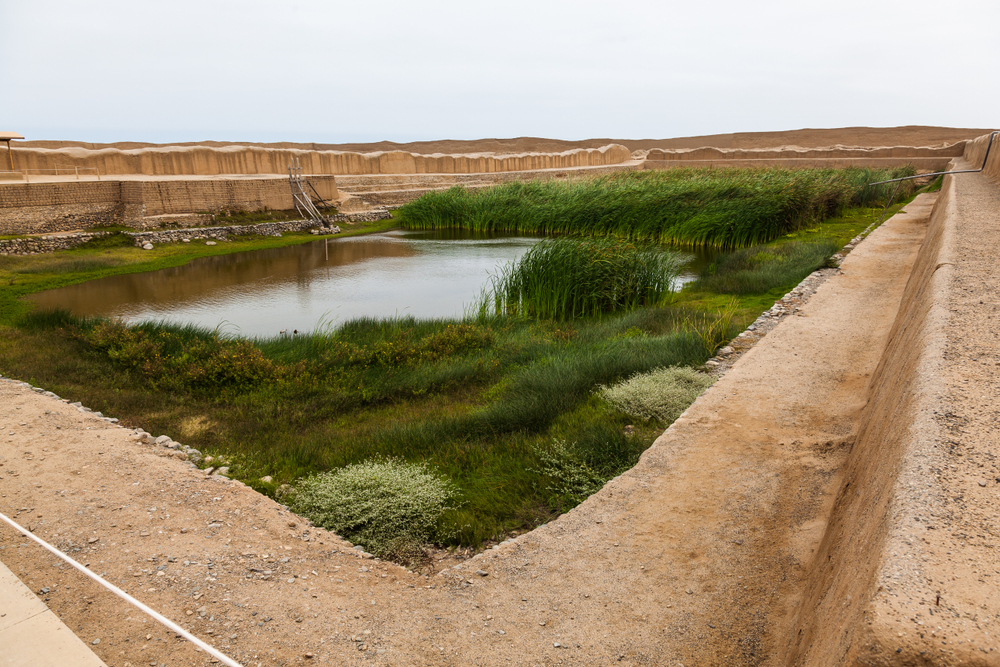
What is the best time to visit the Chan Chan ruins?
Climate and weather conditions in Trujillo
Trujillo, the nearest city to Chan Chan, experiences a unique climate that is influenced by its coastal location. Generally, the region enjoys a warm, dry climate, with temperatures averaging between 18°C to 28°C throughout the year. However, the best time to visit the Chan Chan ruins is during the dry season, which typically runs from May to October. During these months, visitors can expect clear skies and minimal rainfall, providing ideal conditions for exploring the extensive archaeological site. The dry season also allows for comfortable temperatures, making it a pleasant experience for those interested in delving into the history and culture of the Chimú kingdom.
Tourist seasons and crowd management
Like many popular tourist destinations, Chan Chan experiences peak seasons, particularly during the dry months when travel to northern Peru is most favorable. Visitors should be aware that the months of July and August tend to attract larger crowds, as they coincide with school vacations in many countries. To avoid the hustle and bustle of peak tourist traffic, consider planning your visit during the shoulder months of May or October. Not only will this enhance your experience by allowing for a more intimate exploration of the ruins, but it may also provide opportunities for guided tours that are less crowded, ensuring a more informative and enjoyable experience.
Special events and festivals in the region
Trujillo is known for its rich cultural heritage, and there are several festivals throughout the year that celebrate the region's history and traditions. One of the most notable events is the Marinera Festival, which takes place in January and showcases traditional dance and music. Visitors to Chan Chan during this time can experience the vibrant local culture while exploring the archaeological site. Additionally, the region's proximity to other important archaeological sites, including those associated with the Moche and Inca civilizations, offers travelers a comprehensive understanding of the diverse historical narrative of northern Peru.
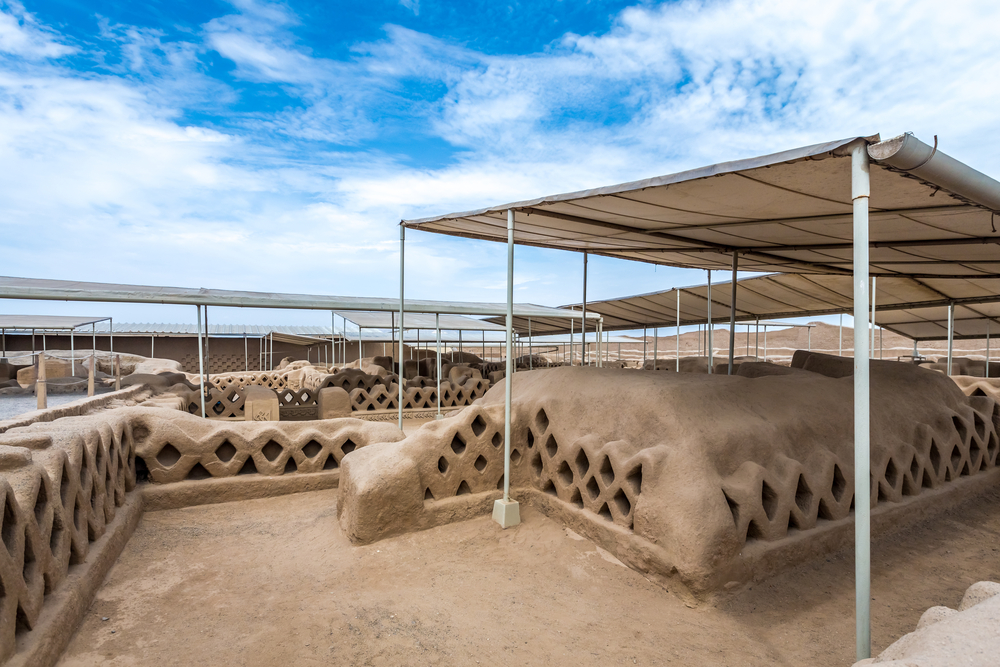
How to get to Chan Chan from Trujillo?
Transportation options available
Getting to Chan Chan from Trujillo is relatively easy, thanks to the various transportation options available. The most common way to reach the archaeological site is by taxi or local bus, both of which provide convenient access. Taxis can be hired in the city center, and the ride to Chan Chan takes approximately 15 to 20 minutes, making it an efficient choice for those looking to maximize their time at the site. Alternatively, local buses operate regular routes to Chan Chan, offering a more budget-friendly option for travelers. The bus ride also allows visitors to experience the local atmosphere and interact with residents along the way.
Travel tips for visiting Chan Chan
When visiting Chan Chan, it is recommended to wear comfortable footwear, as the site covers a vast area, and exploring the various enclosures may require significant walking. Additionally, bringing a hat and sunscreen is advisable, especially during the dry season when the sun can be intense. Visitors should also consider hiring a knowledgeable guide to enhance their experience; a guided tour can provide invaluable insights into the history, architecture, and cultural significance of the Chan Chan ruins, enriching your understanding of the Chimú civilization.
Guided tours vs. self-exploration
Both guided tours and self-exploration have their advantages when visiting the Chan Chan archaeological site. Guided tours typically offer a structured experience, providing visitors with historical context and expert knowledge about the structures and artifacts encountered along the way. In contrast, self-exploration allows for a more personal connection with the site, enabling travelers to engage with the ruins at their own pace. Whichever option you choose, the key is to immerse yourself in the rich history and captivating architecture of this incredible World Heritage Site.
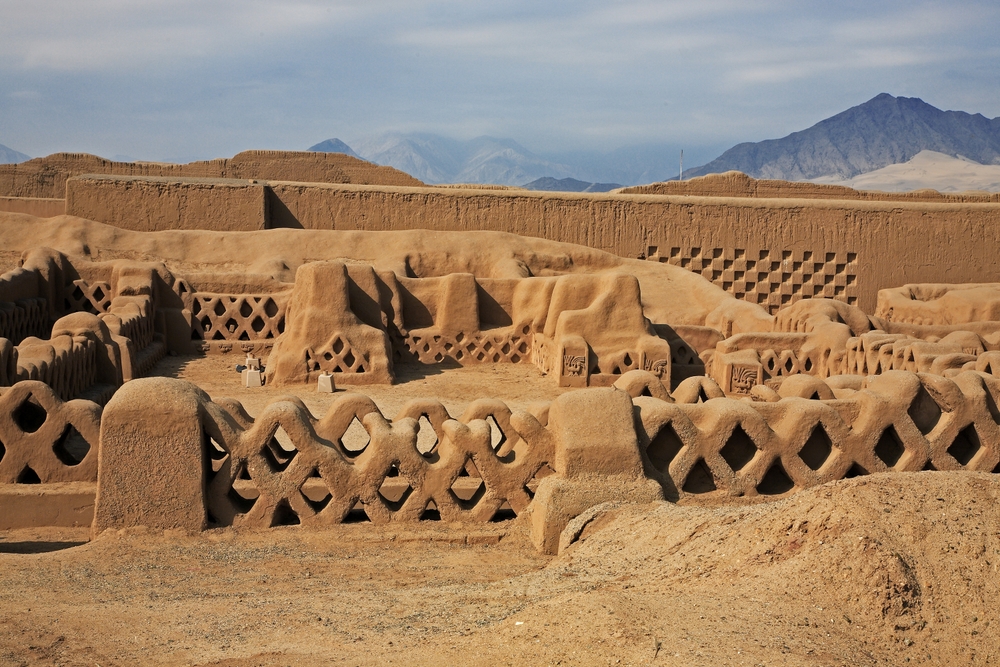
What can visitors expect to see at the Chan Chan archaeological site?
Key features of the Chan Chan ruins
Visitors to the Chan Chan archaeological site can expect to encounter a range of impressive features that highlight the ingenuity of the Chimú civilization. The high walls and expansive plazas serve as a testament to the city's grandeur, while the intricate friezes adorning the structures depict a variety of symbols and motifs, showcasing the artistic prowess of Chimú craftsmen. Among the most notable features is the Tschudi Palace, which includes ceremonial areas, storerooms, and residential quarters, all constructed using traditional adobe techniques. Exploring these key features allows visitors to appreciate the architectural sophistication that characterized the largest mud city in the world.
Understanding the Chimu culture through the site
The Chan Chan ruins offer a unique window into the lives and beliefs of the Chimú people. The city's layout reflects a carefully organized social structure, with distinct areas designated for religious, administrative, and residential purposes. Visitors can gain insight into the cultural practices of the Chimú through the ceremonial spaces, including temples and plazas where rituals likely took place. The artifacts discovered within the site, ranging from pottery to tools, further illustrate the daily life and artistic expressions of the Chimú civilization, providing a rich tapestry of their cultural identity.
Architectural elements and adobe construction
The architectural elements of Chan Chan are primarily constructed from adobe, a building material made from clay, water, and straw. This sustainable construction method allowed the Chimú to create vast structures that have endured for centuries. The use of adobe not only showcases the ingenuity of the Chimú people but also reflects their adaptability to the environmental conditions of northern Peru. Visitors will notice the distinctive mud-brick walls, which feature elaborate patterns and designs, enhancing the aesthetic appeal of the ruins. The ability of these structures to withstand the elements, particularly the challenges posed by El Niño, speaks volumes about the architectural mastery of the ancient Chimú civilization.
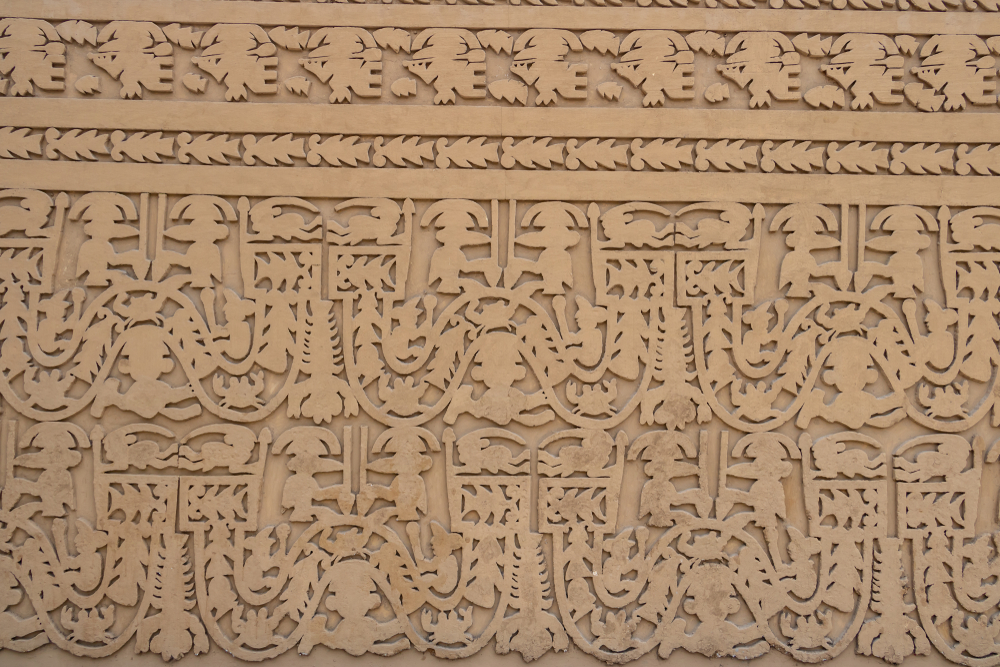
What were the cultural and economic practices of the Chimu Kingdom?
Agriculture and irrigation systems
The Chimú kingdom was renowned for its advanced agricultural practices, which were crucial to sustaining its large population. The use of innovative irrigation systems, including canals and reservoirs, allowed the Chimú to cultivate crops in the arid coastal environment of northern Peru. Through these systems, they effectively managed water resources, ensuring a steady supply for agriculture. Crops such as maize, beans, and cotton were staples in the Chimú diet and economy. The agricultural prowess demonstrated by the Chimú civilization is indicative of their understanding of the land and their ability to adapt to environmental challenges.
Trade and craftsmanship in Chan Chan
Trade played a significant role in the economic practices of the Chimú kingdom. The location of Chan Chan, near the coast, facilitated access to maritime resources and trade routes, enabling the Chimú to exchange goods with neighboring cultures, including the Moche and Inca. Craftsmen in Chan Chan were skilled in various trades, creating intricate textiles, pottery, and metalwork. The craftsmanship displayed in the artifacts uncovered at the site highlights the importance of artisanship in Chimú society and its contribution to the kingdom's economy and cultural identity.
Religious and ceremonial practices of the Chimu
Religion was an integral aspect of Chimú culture, and the ruins of Chan Chan feature numerous ceremonial spaces, including temples and plazas where significant rituals were likely conducted. The Chimú worshipped a pantheon of deities associated with agriculture, fertility, and the natural world, reflecting their deep connection to the environment. The presence of ceremonial structures within the city indicates the importance of religious practices in the daily lives of the Chimú people. Visitors can gain a deeper appreciation for the spiritual beliefs and ceremonial customs that shaped the culture of the Chimú kingdom through their exploration of Chan Chan.
